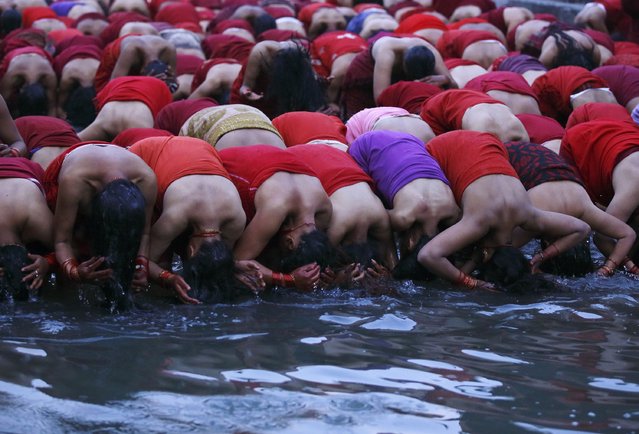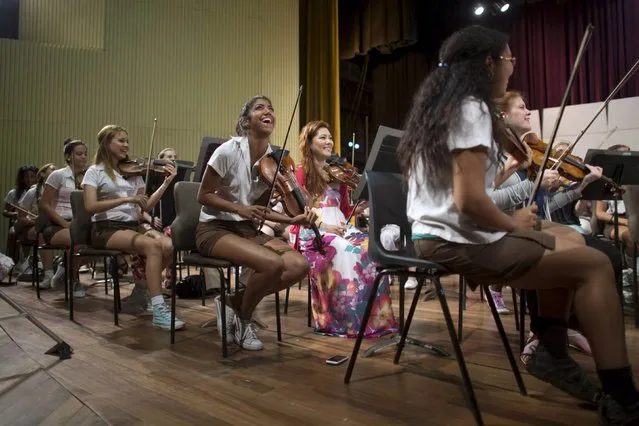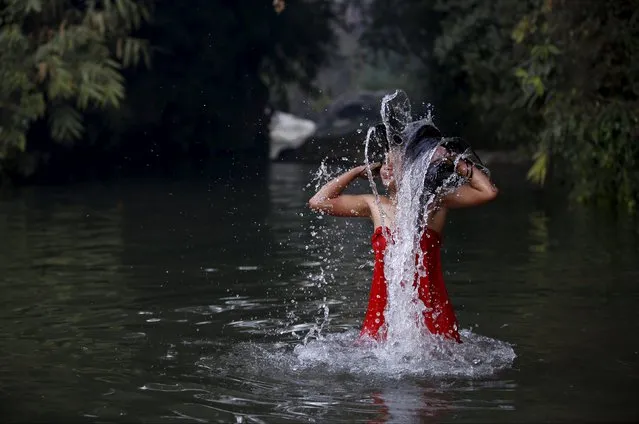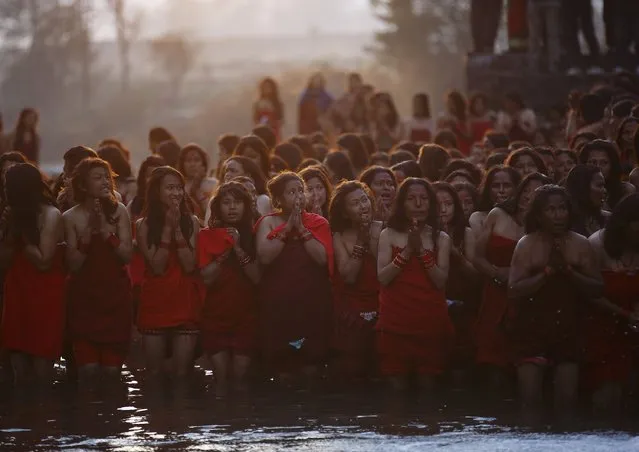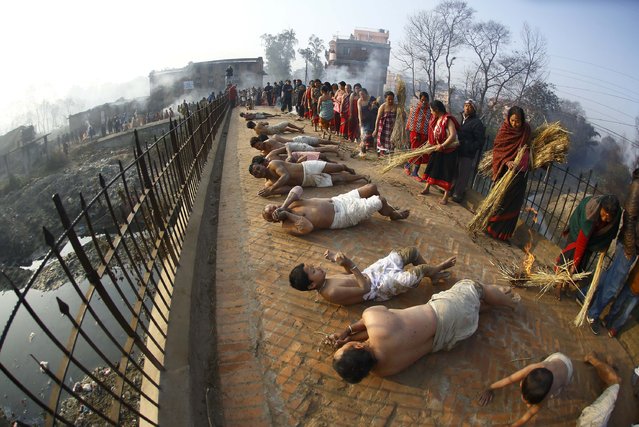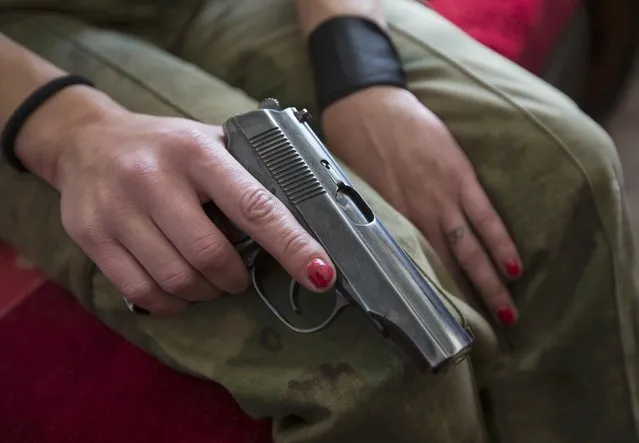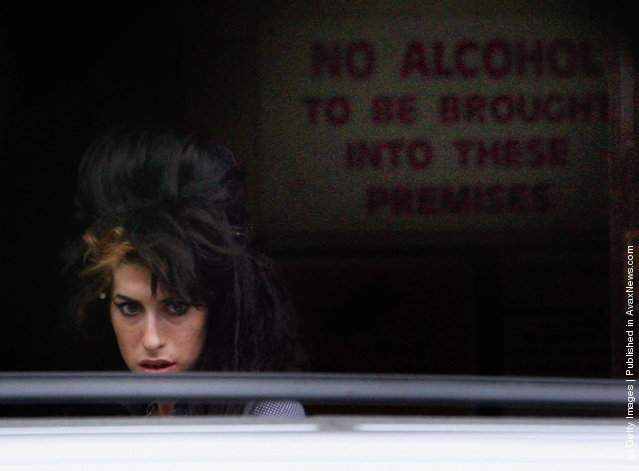
“The 27 Club, also occasionally known as the Forever 27 Club or Club 27, is a name for a group of influential rock and blues musicians who all died at the age of 27. The 27 Club consists of two related phenomena, both in the realm of popular culture. The first is a list of five famous rock musicians who died at age 27: Brian Jones, Jimi Hendrix, Janis Joplin, Jim Morrison, and Kurt Cobain. The second is the idea that many other notable musicians have also died at the age of 27”. – Wikipedia
Photo: Singer Amy Winehouse arrives at Snaresbrook Crown Court to see husband Blake Fielder-Civil on June 2, 2008 in London, England. (Photo by Dan Kitwood/Getty Images). Amy Winehouse dies at 27...
Photo: Singer Amy Winehouse arrives at Snaresbrook Crown Court to see husband Blake Fielder-Civil on June 2, 2008 in London, England. (Photo by Dan Kitwood/Getty Images). Amy Winehouse dies at 27...
26 Jul 2011 11:46:00,post received
0 comments


